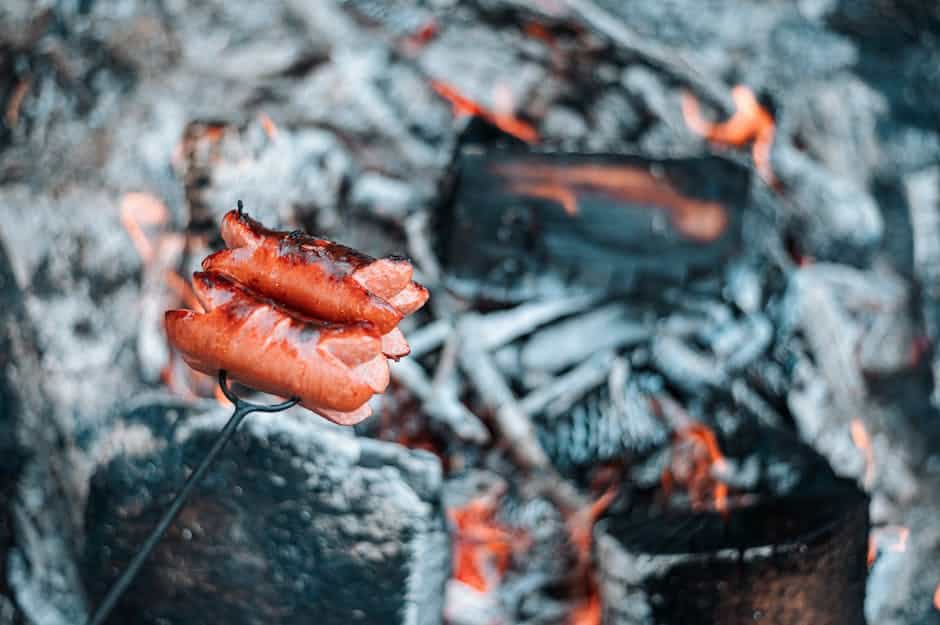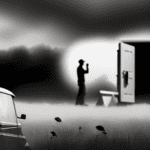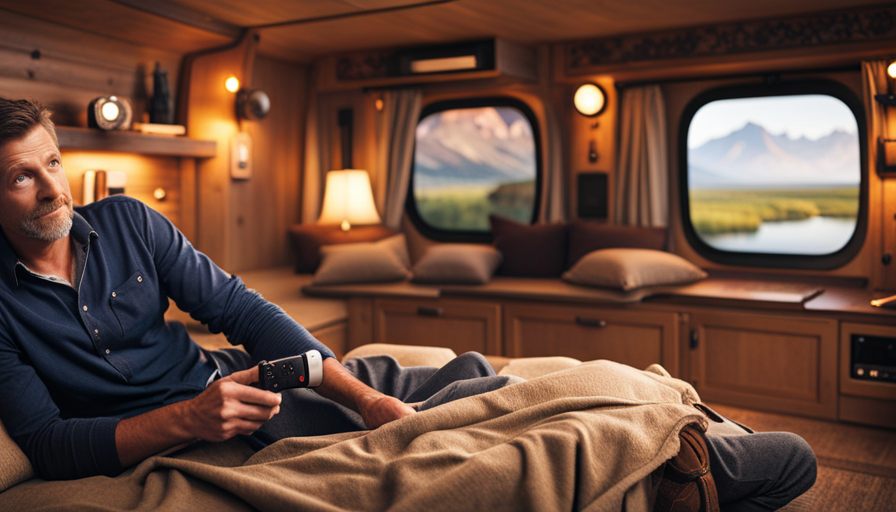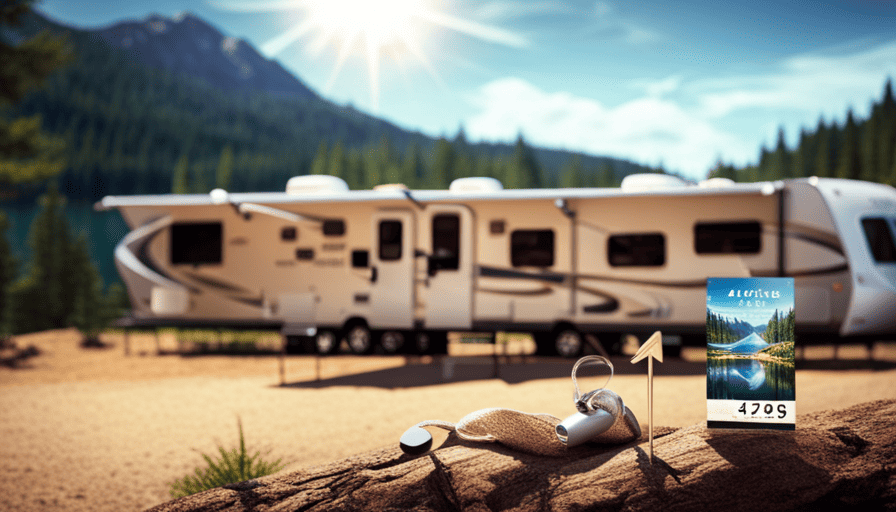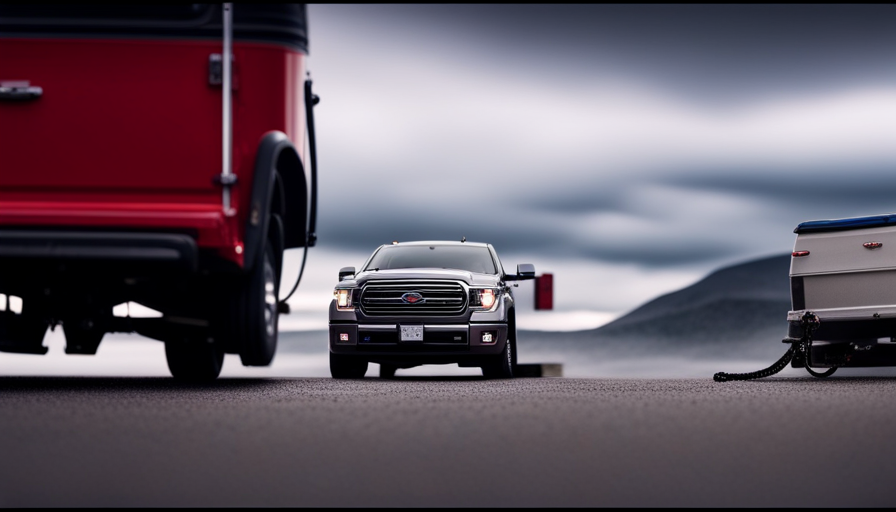Surveillance cameras are becoming more and more prevalent in both residential and commercial environments. They are available in a variety of styles and price ranges, making it possible for anyone to find a suitable option for purchase.
They are a great tool to have at your disposal. Security cameras can help you stay aware of your surroundings, let you know when someone is coming or going on your property, and can even help you should there be any property damage or theft.
Security cameras now come in a variety of forms including ceiling mounted, doorbells with camera functionality, and even wearable ones such as a wristwatch with a camera built in. The latter is becoming more popular due to the ease of use and disguise it provides.
The issue with most security cameras is that they only record what happens when they are set up correctly. Many do not have automatic recording settings or alerts which can hinder their usefulness.
They record criminal activity

Security cameras record incidents or events that take place in a particular place and time. Most security cameras are designed to record events in public places like streets, sidewalks, and parks.
They are also frequently used in businesses and homes to monitor activities like traffic in and out of the property, product production processes, and safety measures like alarm system tests.
Security cameras can be programmed to record at specific times or can do so continuously. With the advancement of technology, most security cameras are smart devices that connect to the internet. This allows users to monitor their camera footage from any device via an app or web interface.
Security cameras have different lenses that determine their field of view. Lenses can be fixed (not adjustable) or variable (able to adjust). The size of the lens determines how much light is captured, how clear the image is, and how many things are in the picture.
Provide evidence for the police
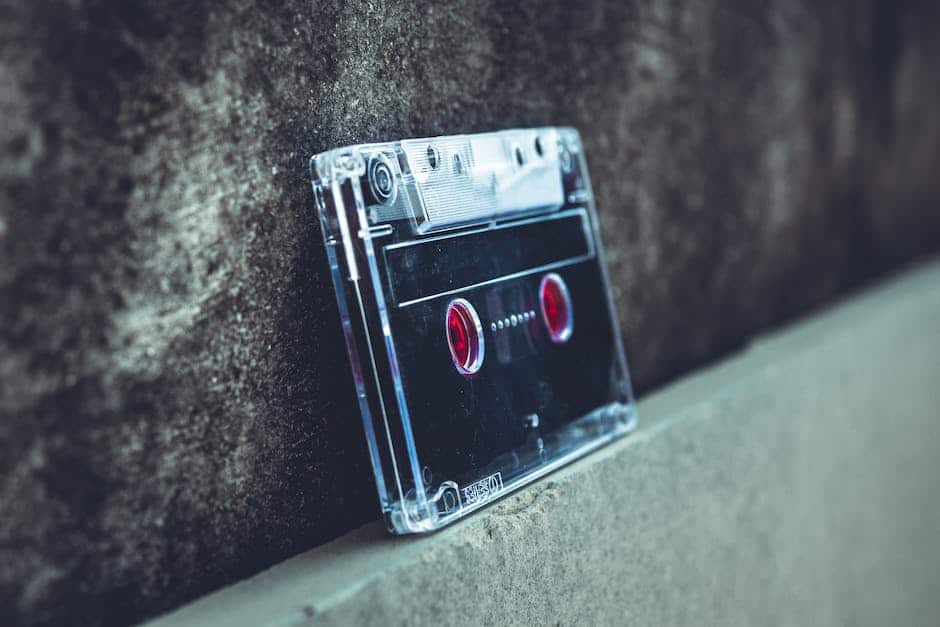
Although it is a security feature, one of the best uses for outdoor security cameras is to provide evidence to the police. If a crime occurs in your vicinity, the police can use your security footage as proof that a crime happened and who did it.
This is very useful as it can help solve cases faster and bring justice to the situation quicker. The police may even come to you for access to your footage if they need it!
Since these cameras can be set to record at specific times or when something gets triggered, like movement, the police can get pretty solid proof using your camera. It is also very easy for them to download and use the footage.
Security cameras have become so popular that some stores sell dummy ones so that potential criminals think you are protected but you actually are not.
Help identify who is doing the damaging

Security cameras are one of the most popular ways to protect your property. They are becoming more and more common as they become cheaper and easier to use.
Security cameras can be either wired or wireless. Wired cameras require you to install a security system which connects to your phone or computer via cable.
Wireless cameras have their own built-in camera and connection system so you do not need to install a security system. You simply place them where you would like security and they automatically connect to your phone or computer.
Both of these styles help identify who is doing the damaging or harassing and help police prosecute them. They can also help make you feel more secure in the area because you know what is going on, even if nothing happens.
Outdoor cameras are weatherproof

Security cameras designed for outdoor use are usually waterproof and weatherproof. This means that they can endure rain, snow, and heavy humidity. Some even have infrared filters that help them capture images in poor lighting conditions!
Most models are designed to withstand wind up to around fifty miles per hour, which is a typical wind speed for a moderate windy day. However, if a camera is not mounted properly or there is too much exposure to the elements, it may be defeated.
Security cameras with wireless connectivity are more susceptible to weather as they have openings for antennas to connect to the network. If there is too much exposure to the elements, then water could get into these openings and damage the camera or its wiring.
When buying an outdoor security camera make sure it is compatible with your needs and will withstand the environment it will be in.
They have a long battery life

Another important feature of an outdoor security camera is its battery life. Most models have a built-in battery that you charge up before using.
Some models have a rechargeable battery, while others require replaceable batteries. Some cameras can even be plugged into a wall socket for a constant power source.
Since most security breaches occur during the night, when people are sleeping, a camera with a long battery life is important. It will not need to be recharged or changed frequently, ensuring its security function.
Some cameras have very short recharge times, allowing it to continue monitoring the area continuously without having to stop to recharge.
Security cameras come in both wired and wireless versions. A wireless camera does not need to be plugged into anything for it to work, it broadcasts itself through radio signals. A wired camera requires being plugged into an outlet or a power wire.
Easy setup
Most people would agree that one of the biggest advantages of outdoor security cameras is their easy setup. You no longer need to call a technician to your house to install a security system.
Most models are equipped with an installation kit that includes a mounting bracket, Ethernet cable, and battery or power adapter. Some even have a SD card or Wi-Fi connectivity included!
All you need to do is follow the instructions in the manual and you are good to go. Some models may require you to download and install a app or software onto your phone or computer, but that is also fairly simple.
Some of the more advanced models do require some professional expertise to set them up, but for the average person, setting up an outdoor security camera is quick and simple.
Motion detection capabilities
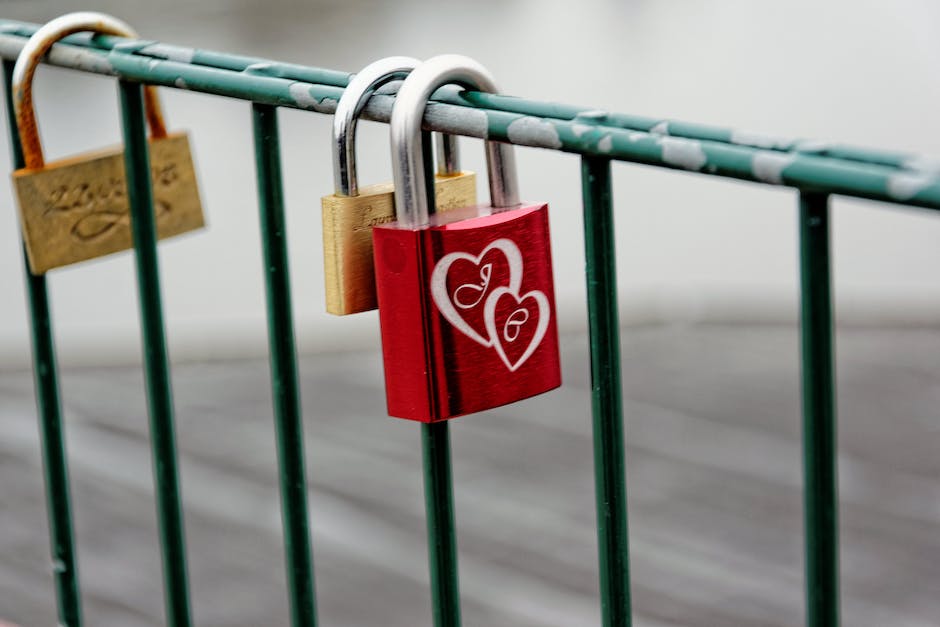
Another feature found in the best outdoor security cameras is motion detection capabilities. These cameras can tell when a moving object enters their field of view and will begin to record.
This is very helpful as it filters out any constant background noise or permanent objects in the camera’s view. It only records when something moves, which helps save storage space and only captures events that are important.
Some cameras have very sensitive motion detection capabilities which may record too many unnecessary things. Others have more stringent requirements which may fail to record important events.
Finding the perfect balance is up to you and your needs!
Some cameras do not have built-in microphones so you will need to purchase one that does if you need hearing protection.
Remote access capabilities

Another key feature to look for in an outdoor security camera is the ability to access it remotely. Many of today’s models offer some form of remote access, usually through a mobile app.
Some cameras require you to download a separate app, while others have one universal app that works with all their cameras. This is something you should check before buying to avoid wasting money.
Some models offer direct connectivity via the Internet or via a wireless network. This allows you to view your camera feed from anywhere using a computer or smartphone.
Others require you to install a dedicated app on your phone that can connect directly to the camera for direct live viewing and recording or sending alerts. Some even have built-in WiFi capability so you can view your camera feed on your phone or computer without having to connect through the internet.
Still others only have limited wireless capability, requiring you to either view the camera on your device in the same room it’s in or take out your phone and try to find the closest open WiFi signal so you can view it online.


